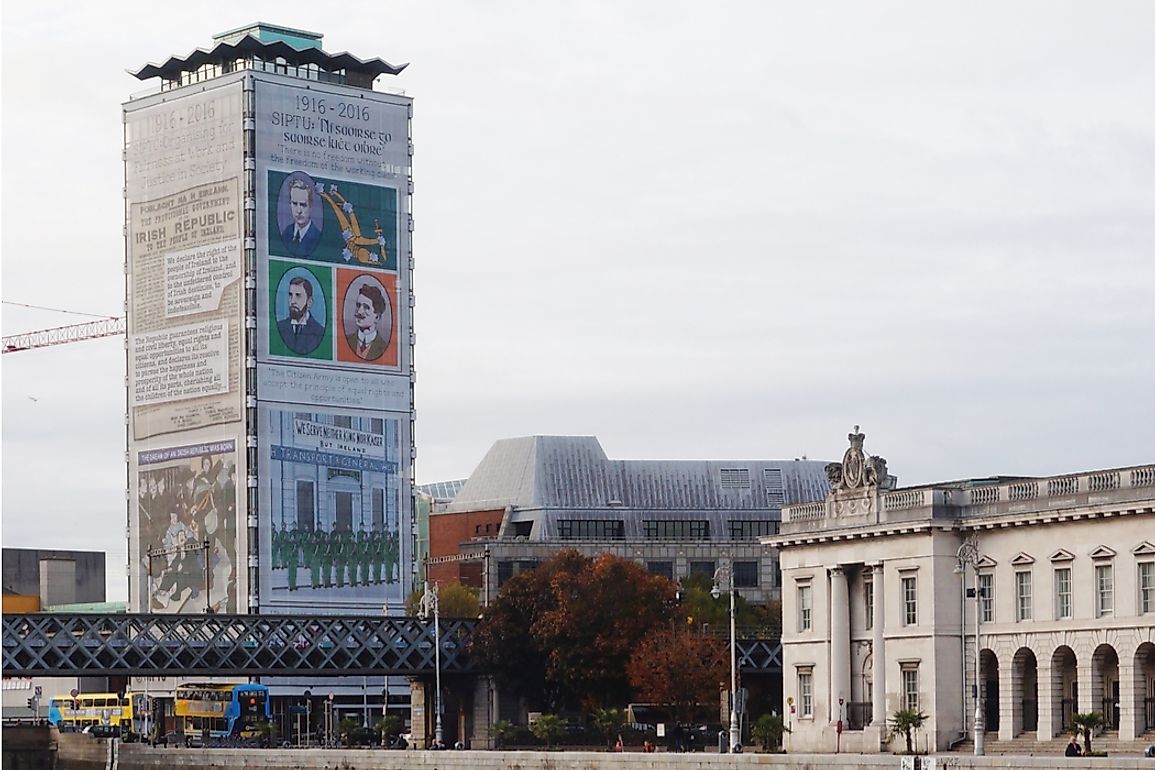What Was the Easter Rising of 1916?

The Easter Rising is also referred to as the Easter rebellion, and it took place in Ireland between Easter Monday, April 24th, 1916, and April 29th, 1916. It is a historic violent insurgency against the British rule by Irish nationalists. The uprising was staged by the Irish Republicans with the aim of ending the British rule in Ireland, and establishing an independent Irish Republic. The rebellion came at the time when British were heavily entangled in the WWI. The uprising was the most significant rebellion since the uprising of 1798, and it was the first armed encounter in the Irish revolutionary period.
The Launch of the Easter Rising
Ireland had long lost its parliament in Dublin due to the amalgamation with Great Britain, and was mostly under the British control, since the 12th century. This idea did not sit well with most Irish nationalists; they felt the need to fight for their independence. The Irish Republican Brotherhood took advantage of World War I (1914-1918) to plan the Easter rising, which pushed for Ireland’s full independence. The rebel leaders got reinforcement from organizations like the Irish volunteers led by Patrick Pearse, the women’s group Cumann na mBan, and the Irish citizen army lead by James Connolly, that had 1600 members in total during the whole period of the revolt. The hope to get help from the Germans, who were fighting the British in WW I, were crushed when a ship carrying arms and ammunition for the rebels was detected and destroyed by the British. Besides, the public did not collaborate with the rebels.
The Execution of the Easter Rising
The Easter Rising mostly took place in Dublin, where the rebels assembled troops and seized prominent sections in the city center engaging the British Army in a ferocious fight. Patrick Pearse, the commander-in-chief, would later lead some of the forces to the general post office on O’Connell Street, and there he read the proclamation of the Irish Republic. The rebels then strategically proceeded to block roads and streets leading to the city center, seize weapons in an ammunition store, and plant explosives. They dismantled transport operations and communication lines and even attacked the Dublin castle, which was the seat of the British government. Initially, the rebels were able to overpower the British who were caught off-guard.
Aftermath and Casualties of the Rising
During the war, the British were forced to regroup, call for reinforcement, and eventually had the upper hand against the rebels. As a result, they were able to suppress the uprising. The rebels were forced to surrender, because they were overpowered by the sophisticated weapons on the British Army’s side, on April 29th. Pearse issued an order for his troops to surrender. There was also a declaration of martial law earlier that week. This led to imprisonment of about 3,500 people, many of whom were innocent, along with rebel leaders, among them James Connolly, some of which were executed as a result of the courts-martial. During the Easter Rising, a total of 485 people were killed. It was recorded that 260 of those were civilians who were either caught up in the crossfire or were mistaken to be Irish rebels. The rest included 143 from the British Army and 16 rebels executed, while more than 2,600 people were wounded. The Easter Rising caused many deaths and destruction in Dublin, and the neighboring counties such as Galway, Meath, and Cork were also affected by the scuffle.







